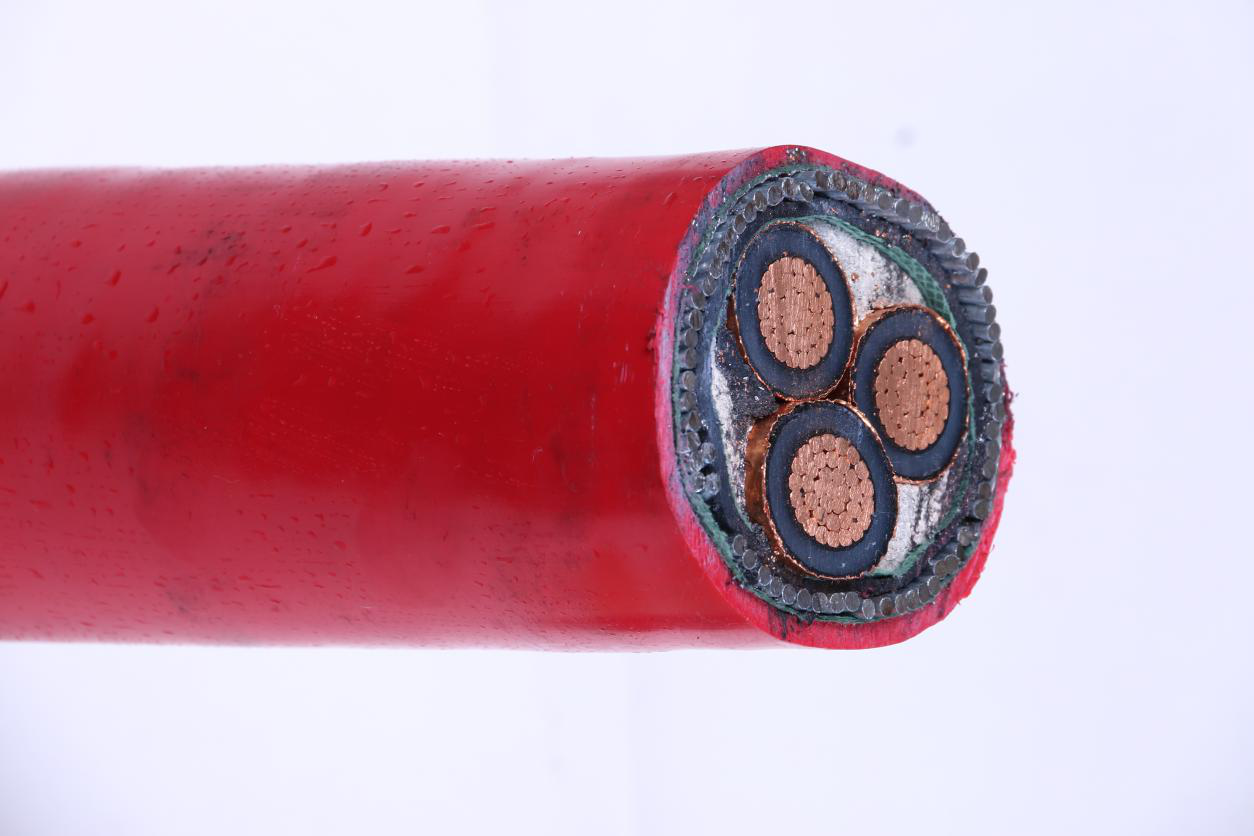
The basic structure of the power cable consists of a core (conductor), an insulating layer, a shielding layer and a protective layer.
Core
The core is the conductive part of the power cable that is used to carry electrical energy and is the main part of the power cable.
Insulation
The insulating layer electrically isolates the core from the earth and the cores of different phases to ensure electrical energy transmission, and is an indispensable component of the power cable structure.
Shield
Power cables of 15KV and above generally have a conductor shield and an insulating shield.
The protective layer
The role of the protective layer is to protect the power cable from external impurities and moisture, and to prevent external forces from directly damaging the power cable.
The main advantage
1 occupies less land. Generally buried in the soil or laid in the room, in the channel, in the tunnel, the insulation distance between the lines is small, without the tower, occupying less space, basically does not occupy the space on the ground.
2 high reliability. It is affected by climatic conditions and the surrounding environment, with stable transmission performance and high reliability.
3 has more favorable conditions for the development of ultra-high pressure and large capacity, such as low temperature, superconducting power cable and the like.
4 distributed capacitance is large.
5 maintenance workload is small.
6 The possibility of electric shock is small.